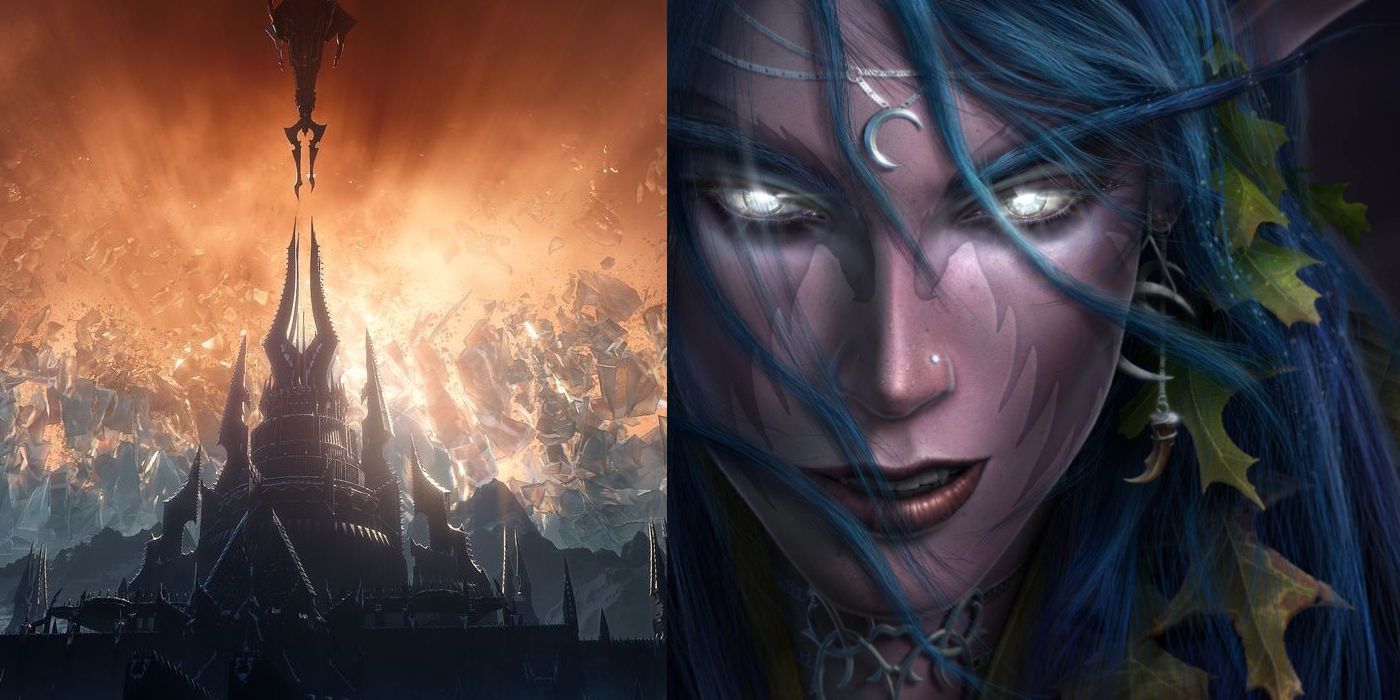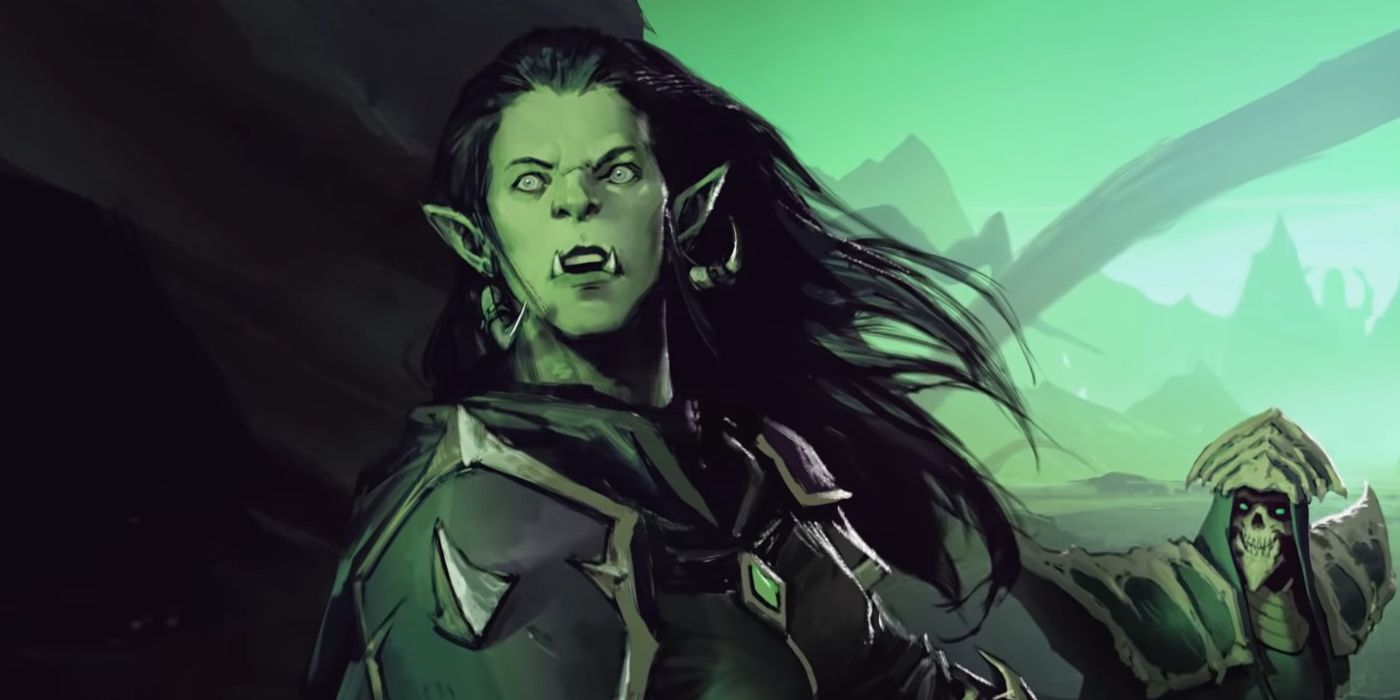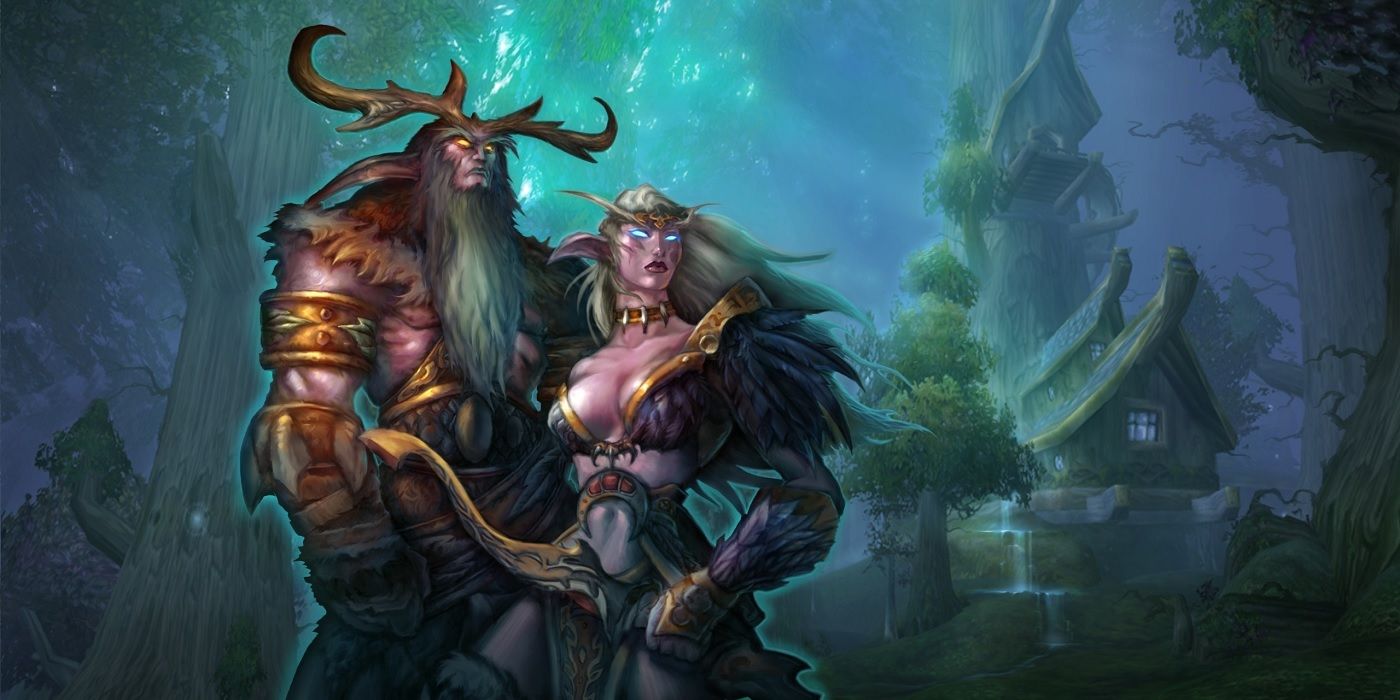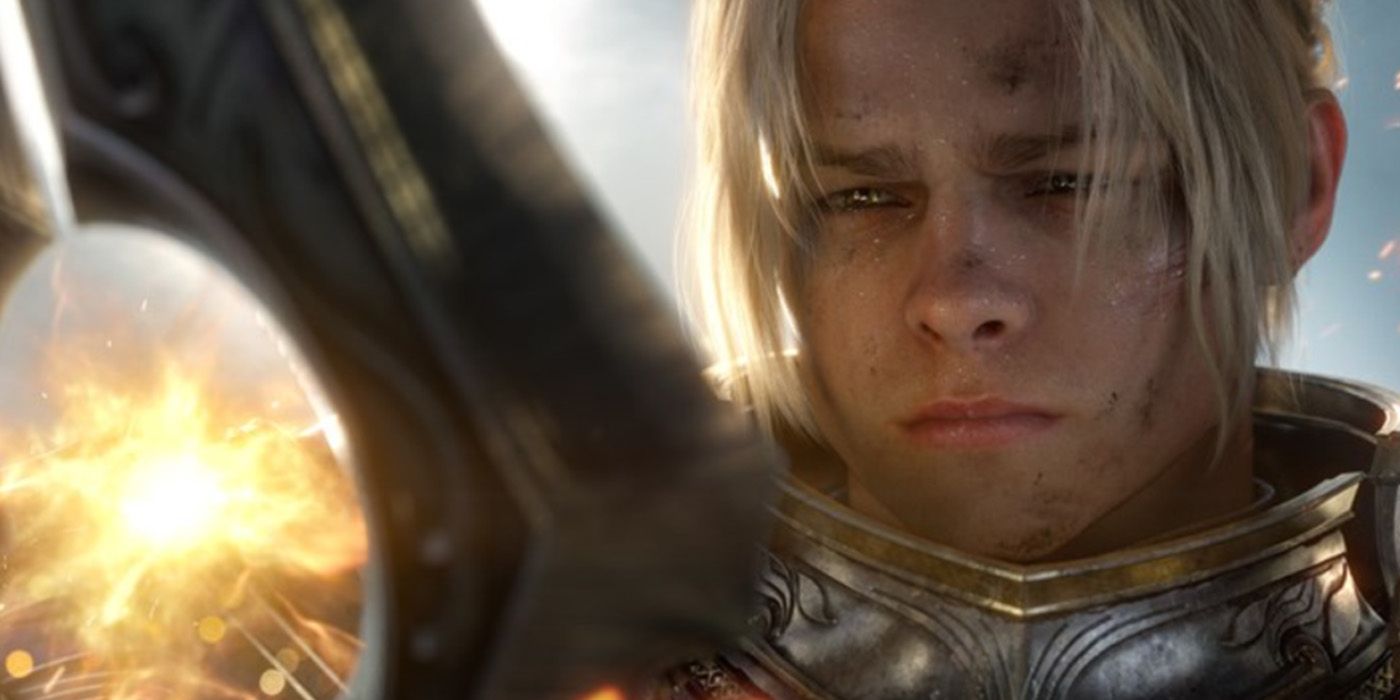World of Warcraft: Shadowlands Leaves a Lot of Lore Behind

World of Warcraft: Shadowlands’ release is under a week away. The new expansion takes players beyond the veil of death itself to the Shadowlands, an interconnected system of afterlives, each with their own purpose and type of inhabitant.
World of Warcraft: Shadowlands reveals a side of the Warcraft universe never seen before, though in doing so it also retcons, at least partially, a decent amount of pre-existing Warcraft lore. Here’s all the lore WoW: Shadowlands leaves behind, and how some of this lore could still be reintroduced into the canon in the future.

World of Warcraft: Shadowlands primarily takes places in six key new areas. There are the four main regions of the Shadowlands which players get to visit, each run by its own covenant that they can join. These are Revendreth, home of the Venthyr; Ardenweald, home of the Night Fae; Bastion, home of the angelic Kyrian; and Maldraxxus, home of the Dread Lords. On top of that there’s the Maw, the place where irredeemable souls are sent to toil for all eternity for the Jailer, and Oribos, the seat of the Arbiter who judges which plane of the Shadowlands different souls should go to based on their traits in life.
Draka, for example, is shown in the Afterlives: Maldraxxus short to go to that plane of the Shadowlands because she died a warrior’s death, protecting her infant son, the orc who would grow up to be Warchief Thrall. However, it had already been long-established in the Warcraft lore that, per their shamanic traditions, orcs go to their ancestors after death. Draka’s arrival in Maldraxxus throws this into question.
For a start, it seems like the Arbiter bases the region of the Shadowlands souls are sent to on far more than just race. Garrosh Hellscream doesn’t get to join his orc ancestors either, instead being tortured by Sire Denarius somewhere in Revendreth, as implied by the Afterlives: Revendreth short. While it’s possible that the four Shadowlands realms players see in-game are just four of many different afterlives, this still raises a problem.
With the shamanic faiths of the orcs and tauren, the entire point of their afterlives is to rejoin with their ancestors. Even if some orcs went to an afterlife filled with orc ancestors, evidently some orc spirits simply do not end up there at all, which means that descendants of the orcs who are sent to other places in the Shadowlands also cannot reunite with their ancestors even if they go to an orc-exclusive afterlife in the Shadowlands.

It was also implied that, when Night Elves died, they became wisps which lived in the Emerald Dream and could be drawn upon by powerful druids, such as the ones summoned to defeat Archimonde as he attacked the World Tree at the end of Warcraft 3’s Night Elf campaign. However, not only do the Shadowlands call this into question, they directly contradict it.
Now, nature spirits go to Ardenweald, where they are tended until they are ready for rebirth. It would seem to make sense that powerful druids and possibly all Night Elf wisps would go here instead of the Emerald Dream, but even if Ardenweald was mistaken for the Emerald Dream in the past, this now introduces an aspect of reincarnation which hasn’t been seen before.

For the humans, draenei, and other races of Azeroth who believe in the Light, things get even more complicated. It has been implied before that the afterlife for the Light’s faithful involved becoming one with the Light in some sense. Uther the Lightbringer, however, is sent to Bastion, and since he is sent there because of his dedication and nobility in life, this would imply that Bastion would be the destination of many of the Light’s devout.
The fact that players will still be able to use Holy magic drawn from the Light also implies that the Light, in some sense, also pervades the Shadowlands in the same way that it does Azeroth and the other planets seen in the Warcraft universe. This raises the question of whether or not the Light supersedes the Shadowlands, and if there are planes of existence above even them. It’s also implied that believers in the Light also believe in hell. Uther’s final line before his execution in Warcraft 3 is “I dearly hope there’s a special place in hell waiting for you, Arthas,” to which Arthas responds “we may never know, I intend to live forever.”
With Uther as one of the most devout followers of the Light seen in the games’ story, this heavily implies that hell is a possible afterlife for the devout. Hell, of course, could be another name for The Maw, where Uther does end up eventually delivering Arthas’ soul. Nonetheless, the Shadowlands appear to reveal that the conception of the Warcraft universe in the Church of the Holy Light is extremely lacking, if not outright wrong.
It is possible that there is some plane of reality that supersedes the Shadowlands which could help explain all of this. Perhaps the Shadowlands are more of a steppingstone, more similar to purgatory than heaven or hell. It’s also possible that the understanding of the afterlife in the Warcraft lore so far has simply been incorrect in-universe, though why this wouldn’t be explained by the myriad of ghosts and summoned ancestors seen across the franchise is anyone’s guess.
Shadowlands may be doing away with a lot of the old Warcraft lore, but it also has the potential to set canonical answers to some of the biggest questions about the cosmology of the Warcraft universe. It’s also likely far, far larger in the lore than it will appear in the game, and there may be many more planes of the Shadowlands than players can access. Figuring out exactly how the Shadowlands fits together with the preexisting lore will be a major mission for lore-oriented WoW players when the expansion drops later this month.
World of Warcraft is available on PC. World of Warcraft: Shadowlands will release on November 23rd.

Post a Comment